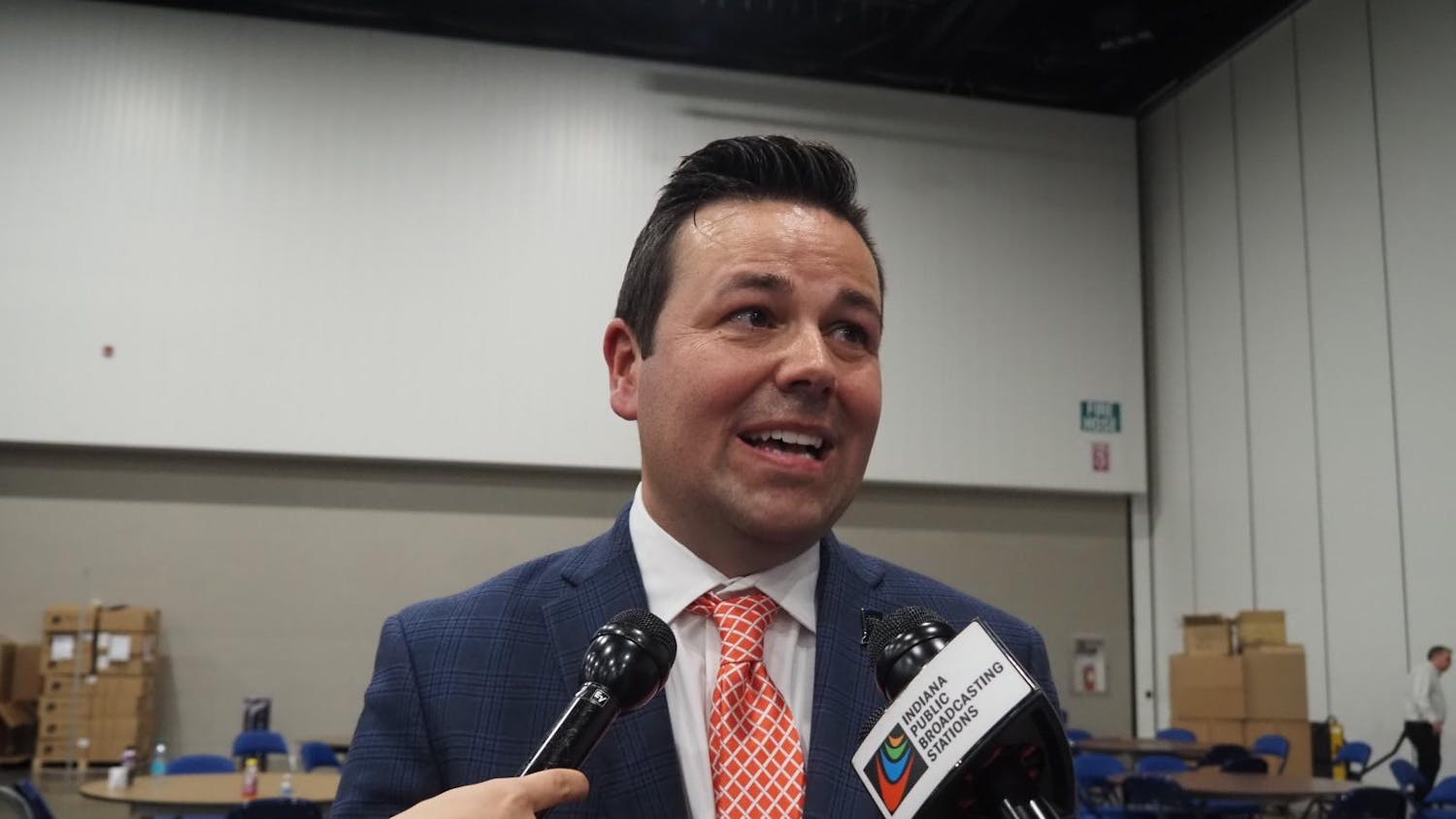The Environmental Protection Agency has a few suggestions for cleaning up IU’s waste.
The Indiana General Assembly will vote later this year to allow universities more flexibility in their efforts to manage waste produced in laboratories.
This amendment, while no less stringent than the previous guidelines, offers easier and more efficient ways for schools to dispose of and clean up waste left in laboratories for long periods of time, said Dave Berry, technical specialist at the Indiana Department of Environmental Management.
“Universities are such large complexes and they usually have a central storage area for waste,” Berry said. “So we don’t need all of the old procedures.”
If implemented at IU, new Environmental Protection Agency procedures passed last December would save time and energy by allowing laboratories to decide when to make hazardous waste determinations.
Currently, University labs are required to define materials as hazardous or non-hazardous when they’re created, said Susan Howard, environmental health and safety specialist at IU.
The state Solid Waste Management Board will have its first hearing on the proposed changes Nov. 17.
Because most of the laboratories on campus employ post-doctorate students, the turnover rate is extremely high, making it difficult to train someone to make the determination sufficiently, she said.
The new rule would no longer make laboratory clean-outs mandatory once a professor vacates a lab or retires. Universities are rated as either large quantity generators of hazardous waste or small quantity generators, Howard said.
“Previously, when professors left behind large amounts of hazardous waste it could turn small quantity generators into large, which results in a whole new set of fees and different teaching and record requirements,” Howard said.
In a summary of the new rule, Laboratory Safety Manager Chris Kohler said that there would also be less strict rules for labeling materials in the laboratory. Universities would be able to label leftover material as “unwanted materials” rather than “hazardous waste” to help cut down on the amount of hazardous materials generated.
However, the new rule does not come without its downside. Because the procedures are optional, Kohler said it could result in separate waste management systems within the University between laboratories and non-laboratories.
Still, Howard said she hopes the new rule will go into effect because it gives labs more freedom and alleviates the burden imposed by the strict policies currently in place.
“The new procedures are performance-based,” Kohler said. “They’re basically saying we want you to accomplish this goal but we don’t really care how you get there as long as you get there.”
Proposed changes would make lab waste rules more flexible
Get stories like this in your inbox
Subscribe





